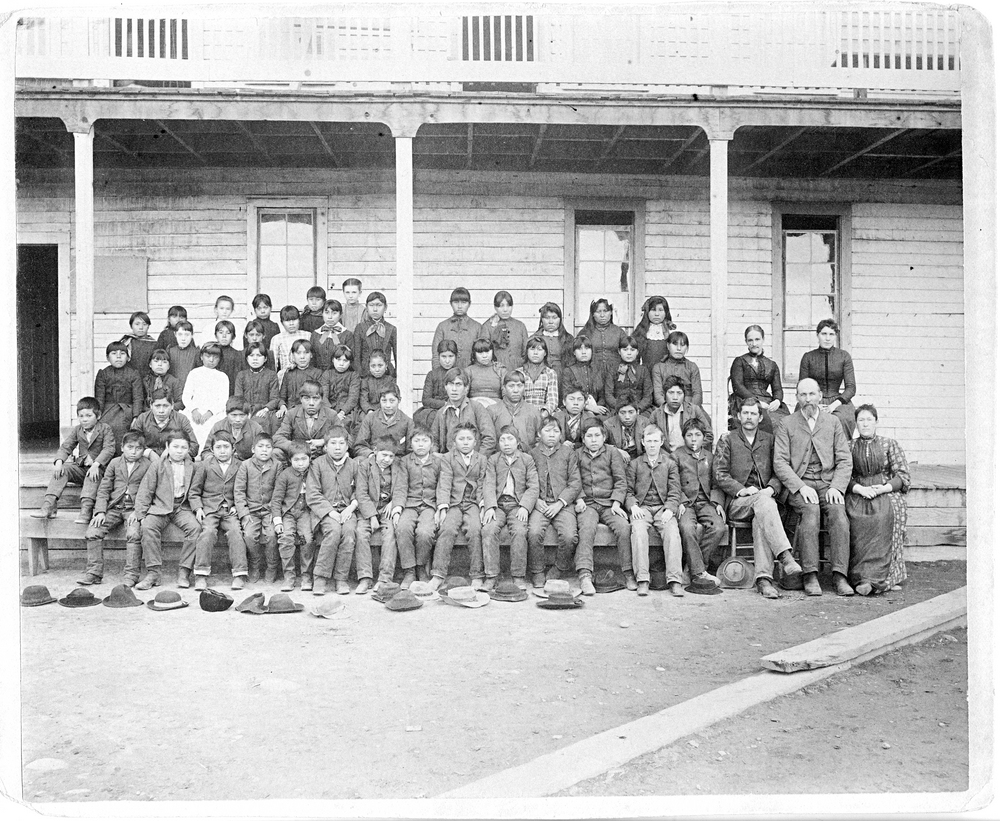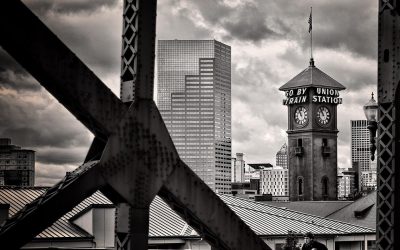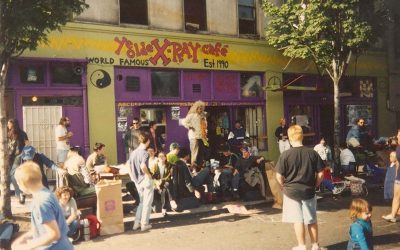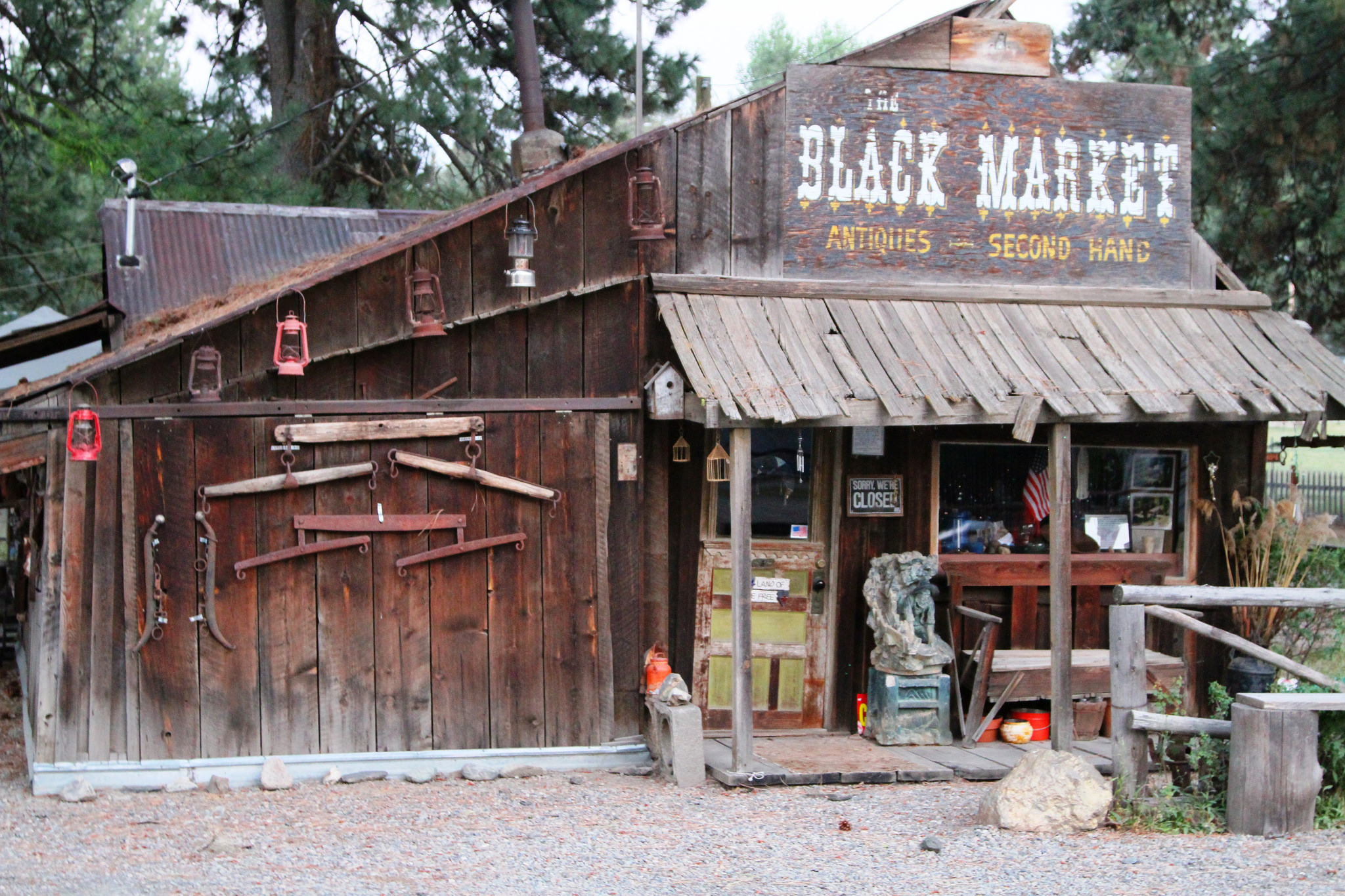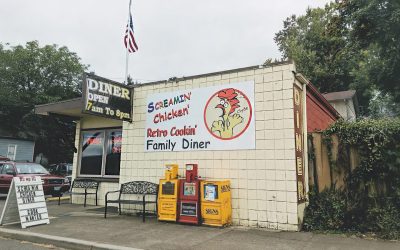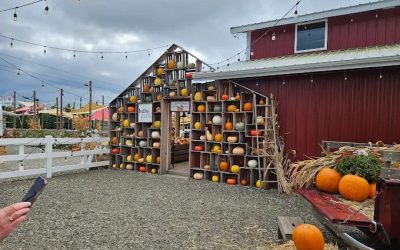Life at Indian boarding schools in Oregon and across the U.S. was traumatic and violent. Culture was snatched away from students, abuse ran rampant, and running away was common. Indigenous Oregon students faced hardship at boarding schools Oregon, and in schools they were shipped off to across the country.
Imagine for a moment that you're a child again, let's say 11 years old. A government agent comes to your door and tells your parents that they must send you off to the new government boarding school, or food will be withheld, not only from your family, but from all the families in your neighborhood. Your family has no choice but to obey and send you off to boarding school.
When you get there, you're made to give up all of your clothing, and put on strange clothes that you've never worn before. You have to change your hairstyle, learn a completely new language, and are forbidden from speaking the language you've grown up with. You're also forbidden from following any traditions your family has. You're forced to eat new food and live in a crowded dorm room full of sickness and disease. It's not long after you arrive that one of your dormmates dies of tuberculosis, and you see another child in your dorm beaten and put in shackles as punishment for speaking their native language. That's when you get the idea to run away and go home to your family. The problem? Those who run away get caught, dragged back to school and beaten. The first time you run away, you make it 200 miles from the school before being caught.
It sounds like some sort of dystopian nightmare, something from a post apocalyptic novel or movie. Even though this nightmare isn't yours, it's a very real nightmare from Oregon's past. Oregon has more than a few disturbing stories to tell, and this is one of them.
"Education" AKA Erasing A Culture And Opening Land For Settlers
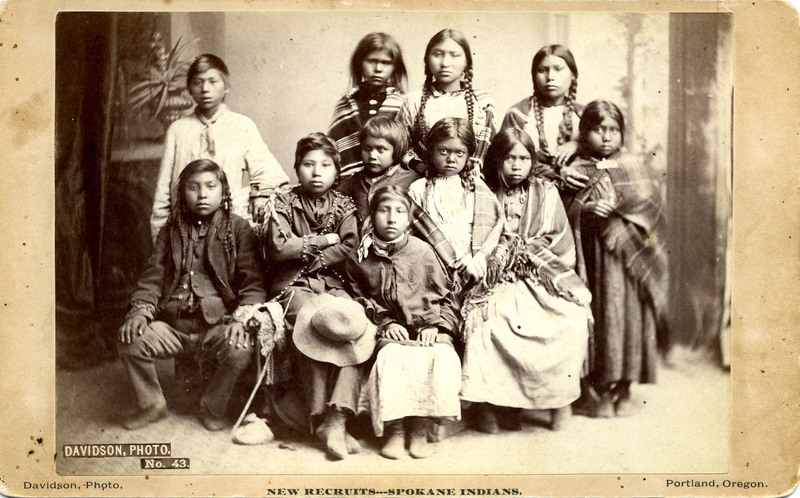
You may have been following recent news about the many unmarked graves being found at indigenous 'residential' schools up in Canada. The more that people in Canada demand answers, and the more investigations that are done, the more gravesites of indigenous children are found—children that were mandated to attend schools to be 'educated', and 'civilized.' Thousands of native children in Canada vanished over the years after being forced to attend Indian boarding schools. That news seems far away and far removed from the United States and more specifically, Oregon. But Oregon had indigenous boarding schools too—twelve of them.
Maybe Oregon's own history still feels too far away for you. You might ask, 'Why bring this up now in 2024? The past is the past. You're not trying to make me feel bad, are you?' In answer to that, I'm a firm believer that if we don't learn about the past that we're bound to repeat history again and again. I don't know about you, but this is one piece of history I'd rather not see repeated in the future. This traumatizing past also has consequences today for the descendants of the indigenous children that lived through this horrific time in Oregon's history.
Why Were Indigenous Children Forced To Attend Indian Boarding Schools In Oregon?
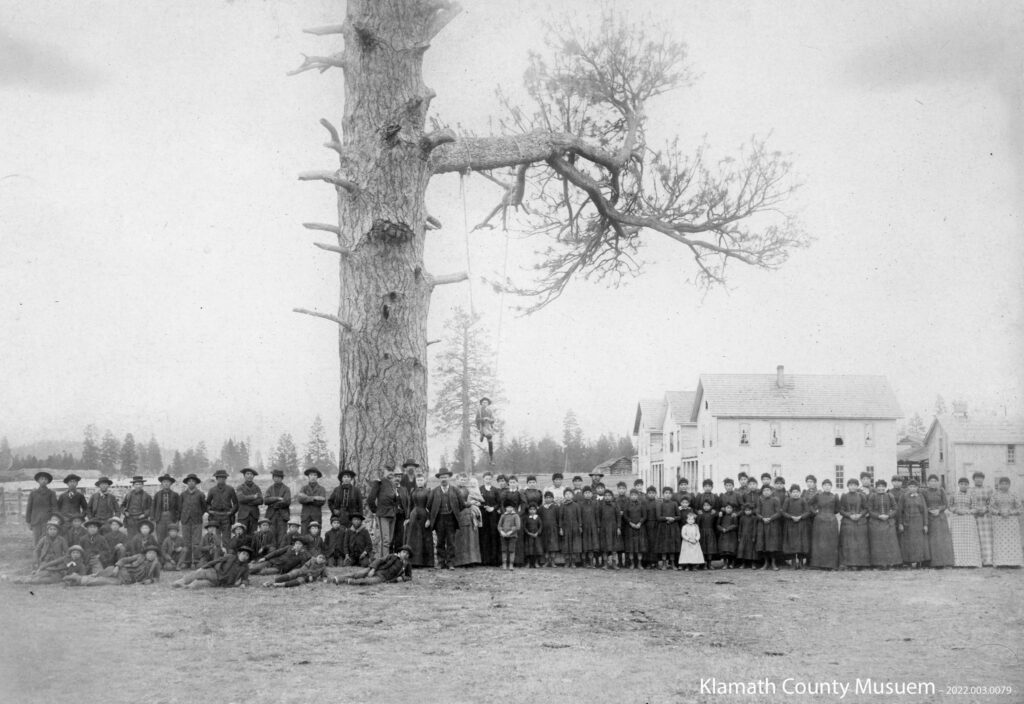
In the 1800's, people were told that native children needed to attend boarding schools to be educated in the ways of the white man so they could integrate into civilized society. The people that worked in those boarding schools probably felt like they were doing necessary work, and that what they were doing was right and good. Unfortunately the truth of the matter is fairly complicated and heinous.
Back in 2022, an investigative report was issued by the United States Department of the Interior about Federal Indian Boarding Schools in the U.S. The report details some truly awful things about the history of Indian boarding schools and why they were a thing in the first place. "This report confirms that the United States directly targeted American Indian, Alaska Native, and Native Hawaiian children in the pursuit of a policy of cultural assimilation that coincided with Indian territorial dispossession." Dispossession is the act of depriving a person or group of people of their land, possessions, and other property. The reason children were forced into these schools was two pronged then: cultural assimilation, and taking their land.
The report also states, "Federal Indian boarding schools “were designed to separate a child from his reservation and family, strip him of his tribal lore and mores, force the complete abandonment of his native language, and prepare him for never again returning to his people.”
Between 1819 and 1969 there were 408 government funded boarding schools across 37 states and territories, including twelve in Oregon.
Malnutrition, Death, Abuse, And The Erasure Of Tribal Culture
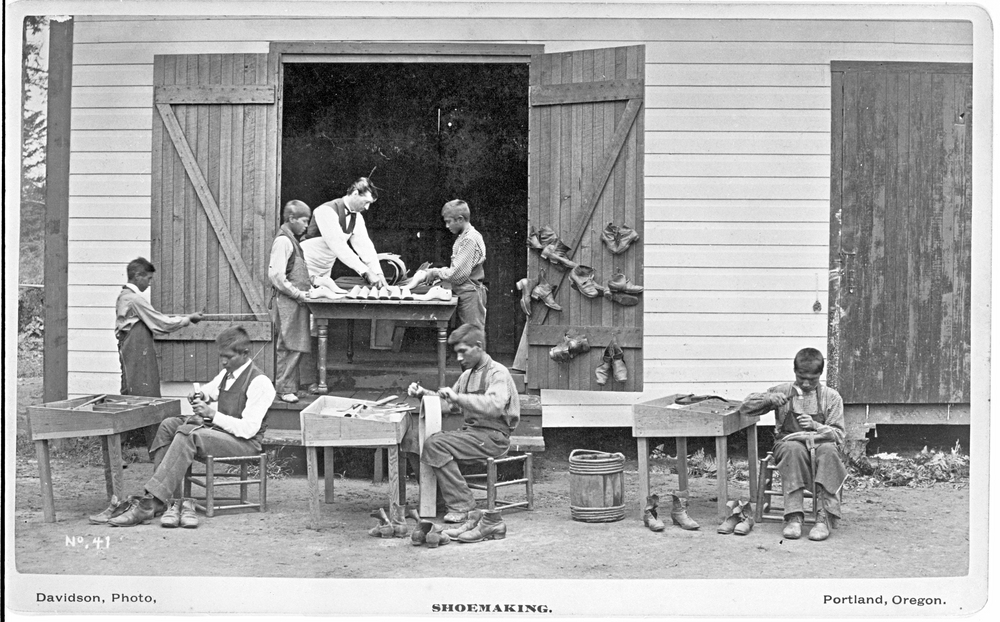
As mentioned before, indigenous parents in Oregon were forced to send their children to tribal boarding schools (in Oregon and across the country). Agents of the reservation were allowed to withhold supplies and food if tribes didn't comply and send their children away to school. More often than not, once a child was sent away to boarding school, they never saw their parents again.
Life at Indian boarding schools in Oregon and across the country was hard and included abuse and manual child labor. At the two schools on the Klamath Indian Reservation in southern Oregon, only three hours of the day was allotted for actual education. Five hours of the day was allotted for mandatory manual labor, where the children cooked, cleaned, farmed, repaired clothes and did other tasks that would be considered breaking child labor laws today. Kids at these schools had no free time to play and be kids, or to pursue their own interests. The only downtime they got was to sleep at night.
Even sleeping was no respite, because in many boarding schools across the country, two or three children were forced to share a single bed at once. The dormitories were crowded, and full of sick children. Poor nutrition (diets low in fruits and vegetables and high in sugar and strach), and overcrowding led to high death rates amongst students at schools in Oregon and other states from diseases like measles and tuberculosis.
"Rampant physical, sexual, and emotional abuse; disease; malnourishment; overcrowding; and lack of health care in Indian boarding schools are well-documented," according to the report from the Department of the Interior. Rules at school were heavily enforced with whipping, flogging, withholding food, slapping, solitary confinement, and even making older children physically punish younger children. The report also goes on to say that rule breaking was often managed with public punishment in front of groups children, even if only one child had broken a rule. It's not surprising (though it is horrifying) that these schools were often run like a military unit, given that many indigenous boarding schools across the U.S. were on the sites of old military compounds, and that children here were often organized into units to perform military drills.
To Combat Running Away, Children Were Sent As Far Away From Home As Possible
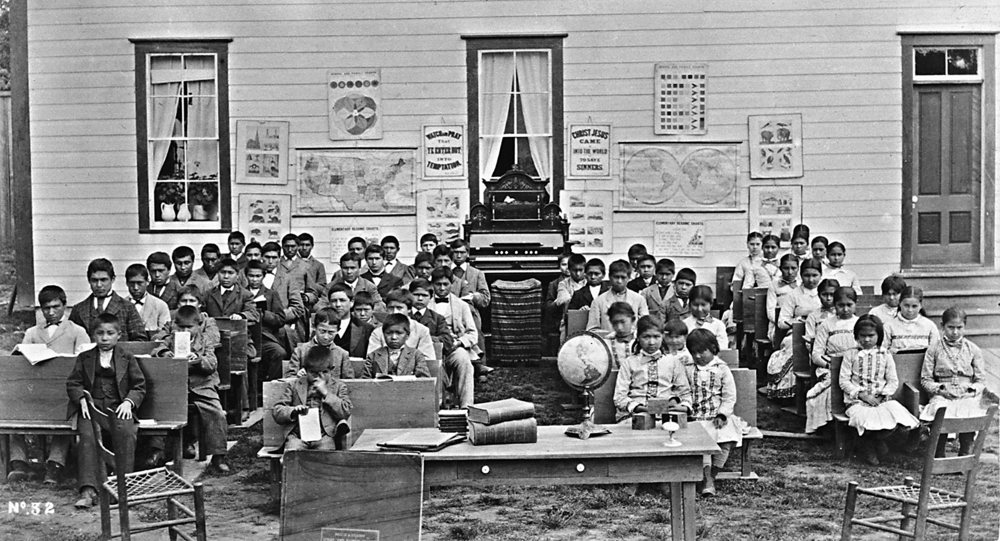
Children running away, trying to get away from abuse and back to their families was common at Indian boarding schools in Oregon and elsewhere. To manage this, 'off-reservation' boarding schools were created across the country. One opened up in Forest Grove, the country's second off-reservation school. Children were sent from across the state and the country to the school in Forest Grove, and other native children in Oregon were sent to far flung places like the Carlisle Indian Industrial School in Pennsylvania (where the motto was, 'kill the Indian, save the man'). In 1900, nine Klamath children from southern Oregon were sent there. Two of them ran away and made it almost 200 miles before they were captured and dragged back to school.
After being removed from their families, given new names, forced to wear new clothes, forcibly stripped of their culture, forced to do long hours of manual labor, beaten and otherwise abused, it's no wonder that children often tried to escape the violent and traumatic environment they were thrust into at Indian boarding schools across the country.
At the off-reservation school in Forest Grove, Oregon, which opened in 1880, 40 students died in just five years, many from sickness. The Department of the Interior report found that of the schools they researched, just 19 schools in the U.S. were responsible for 500 deaths of indigenous children. With over 408 schools that received government funding, and over 1,000 other federal and non-federal institutions like asylums, orphanages, and day schools involving the education of mainly indigenous children in the U.S., there's no telling how high that death toll goes if 19 schools alone account for 500 deaths. Suddenly those news stories coming out of Canada don't seem so far away anymore. According to the report, "The Department’s investigation has already identified marked or unmarked burial sites at approximately 53 different schools across the Federal Indian boarding school system," but the report states that as investigations continue, they expect to find more.
What About The Students That Survived The Indian Boarding Schools In Oregon?
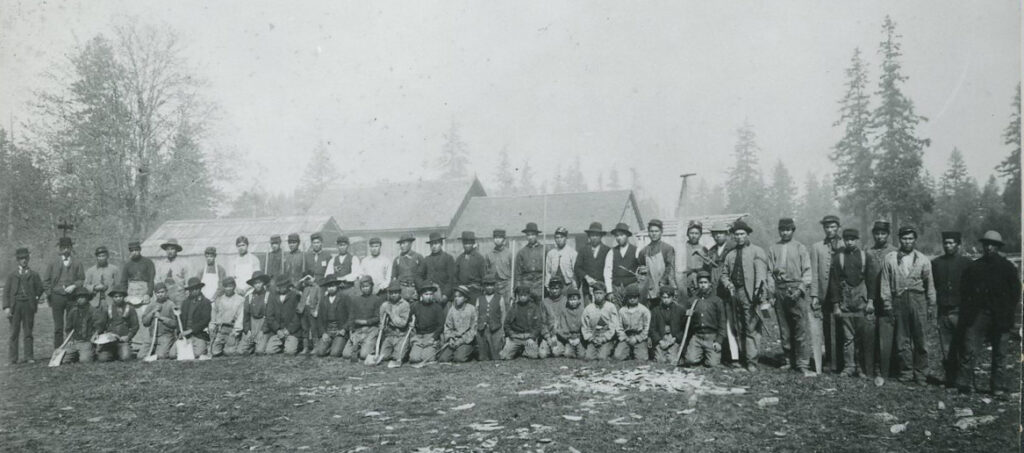
Children at boarding schools in Oregon were often punished with being shackled. They were beaten and given scars across their bodies and faces. One group of girls burned their dormitory down at the Klamath Agency school in southern Oregon in 1927, perhaps in an attempt to close the school (one which worked). Life at these schools was a traumatizing experience for girls and boys both, though studies now suggest that boys in U.S. Indian boarding schools may have passed their incurred trauma down to their descendants epigenetically.
Boys in these schools were more likely to be victims of sexual abuse, especially if they had good command over the English language, and that's just one extra stressor that may have induced epigenetic alterations in their DNA, which contribute to chronic illnesses in the Native American population today, and have impacted several generations.
So why are we bringing this horrific history to the light now? The past is the past right?
Because we can't ever let this happen to children in our country again, and Native American families across the country are still suffering today. This page from Oregon's history is horrific. Yes, it should make you feel bad. It should make everyone feel bad. It should make you feel uncomfortable and sad, and hopefully make it so that this history never gets repeated here again.

